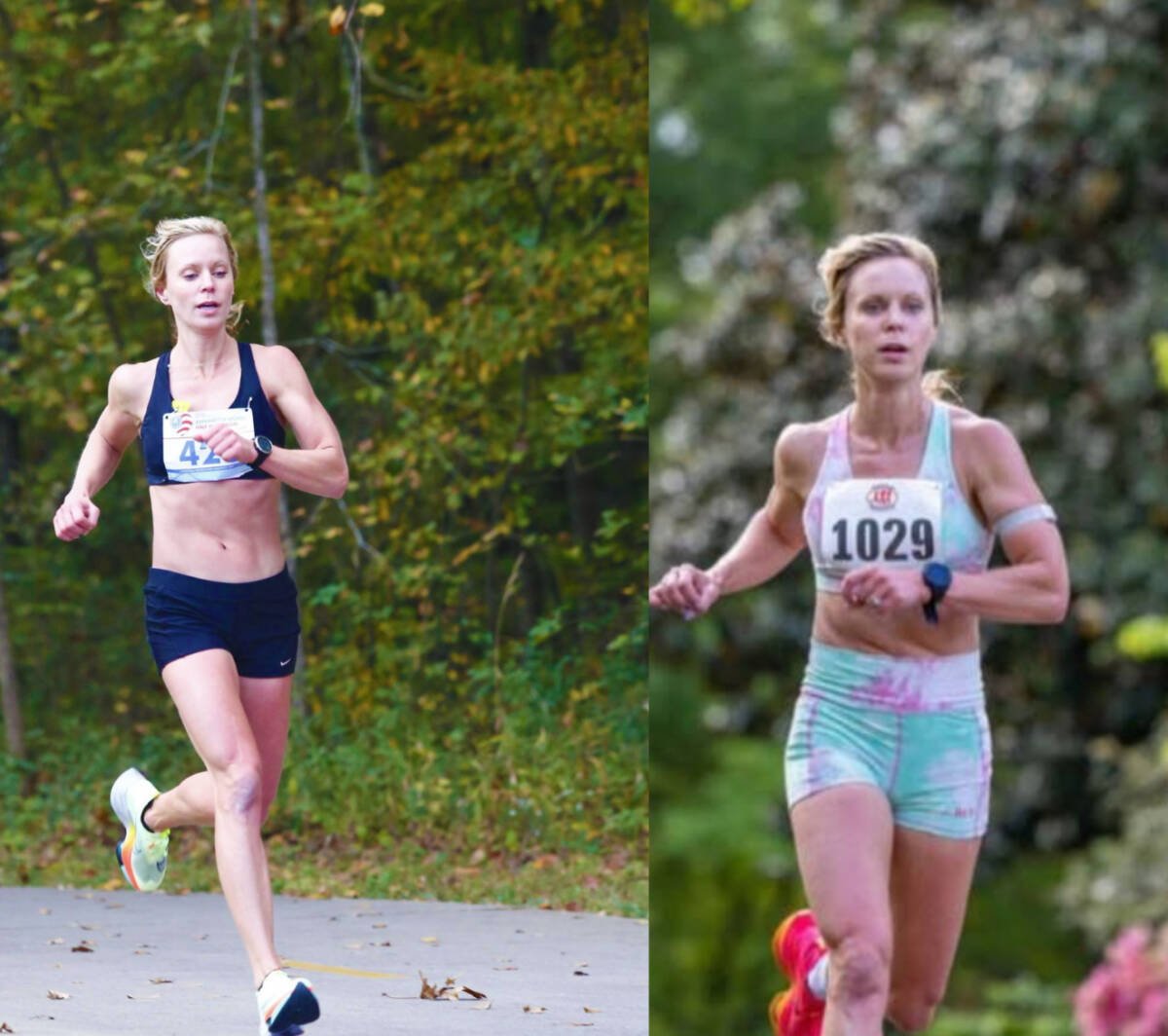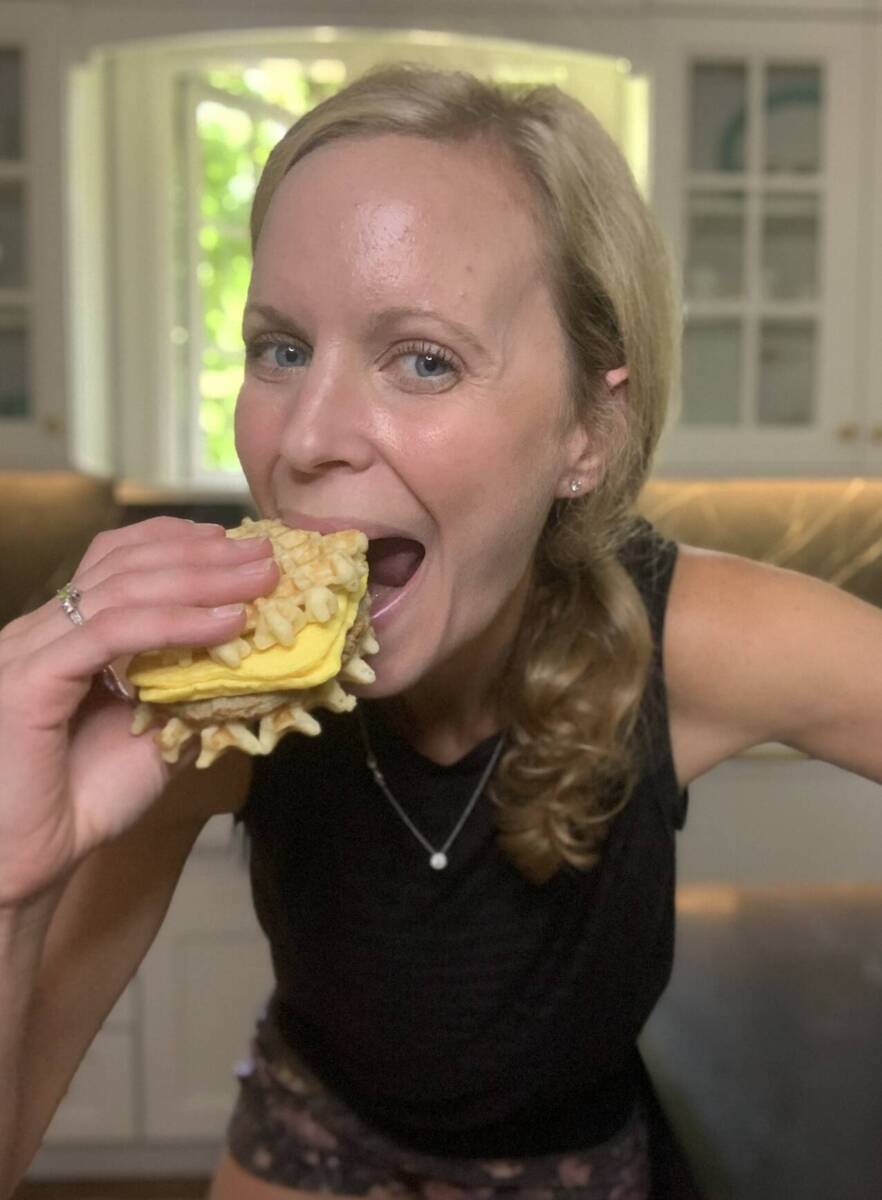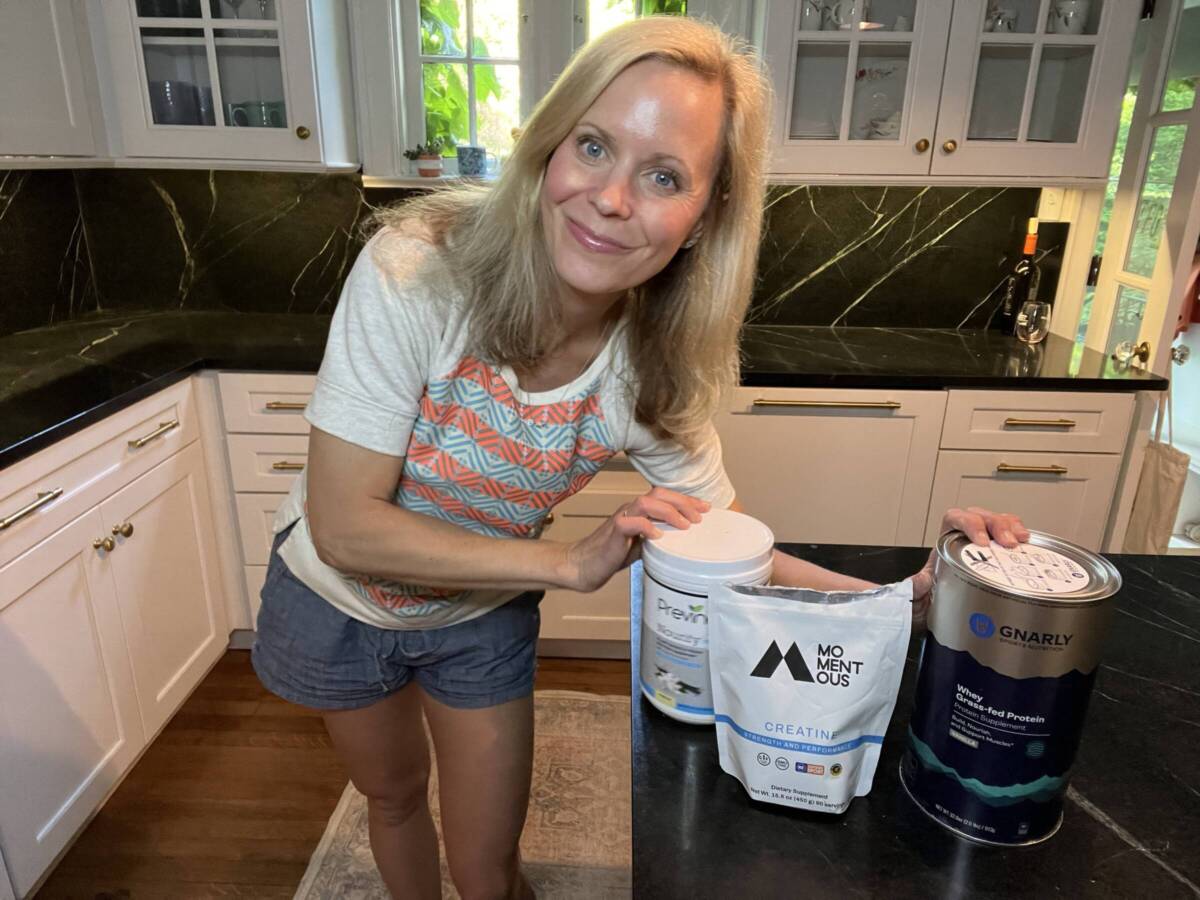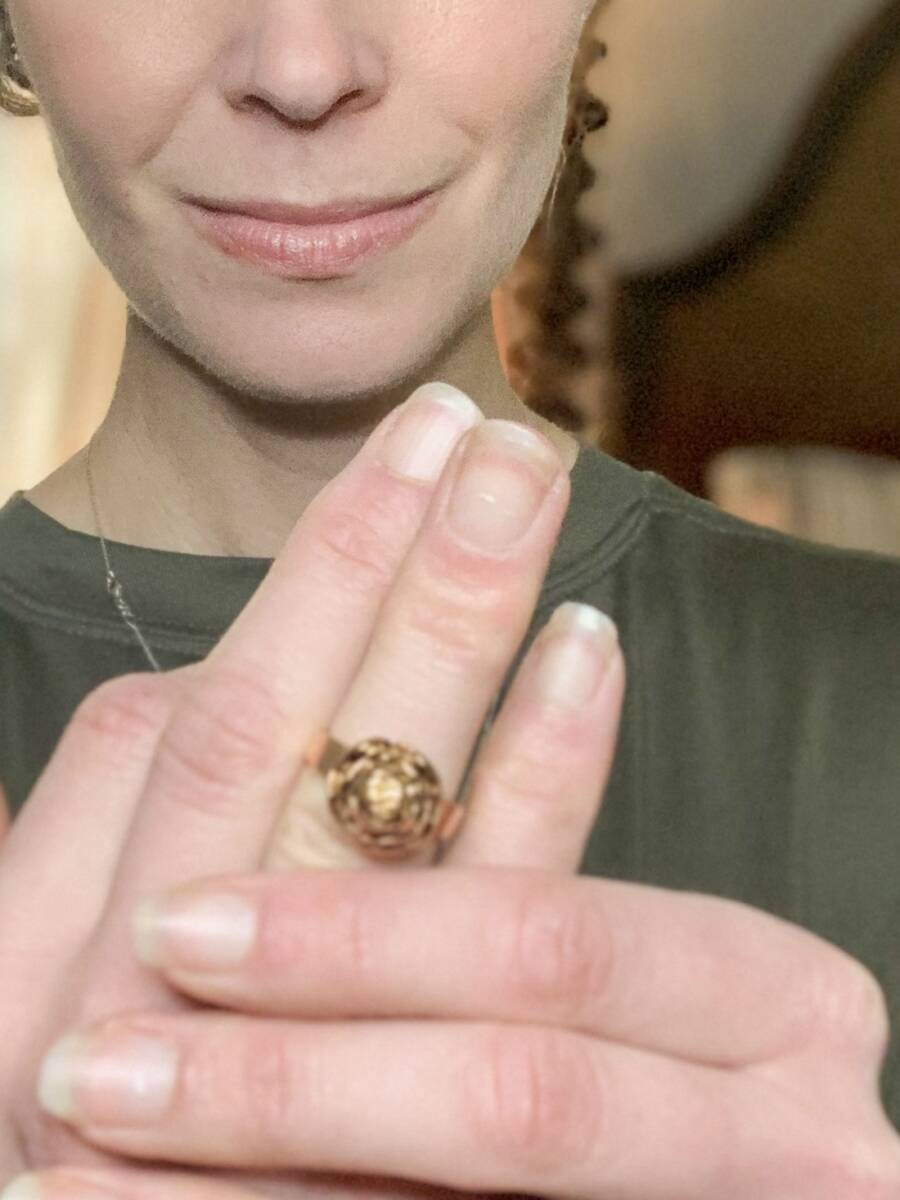How I’m Changing My Training to Pursue My 2:4x Marathon Goal at the Age of 44
In 2019 at the age of 38, I set a goal of running a 2:4x marathon. I have yet to achieve that goal, but I still want to—even as I turn 44 next month. To do this, I am making major training changes as a master’s runner.

2019 was the last year to qualify for the Olympic Trials marathon. After deciding almost last minute to run the Knoxville Marathon and doing pretty well, my running coach at the time thought that I could shoot my shot and go for the 2:45:00 OT Marathon qualifying time. This involved going all in and doubling my mileage from roughly 50 mile per week to 100 miles per week. I ran doubles (two runs a day) about twice a week and had zero rest days.
Table of contents
Not surprisingly, I got injured. I tweaked my hamstring on a run, continued to train, and then tore it in a rust buster half about six weeks before my marathon. I took one week off and then jumped right back into intense training—running the marathon and missing my goal time by 11 minutes. This injury kickstarted a cycle of injuries on my right side including a torn hip labrum and torn plantar fascia, and several other setbacks.
This has prevented me from having consistent training. And now I am no longer in my late 30s but in my mid-40s. But I still want to go after those times. Yet, running feels different as a master’s runner. So I must train different.Over the past several years, my pattern has been to take a year to rehab an injury, build back, train my butt off, PR in a marathon, get injured again, and then repeat the cycle.
For the longest time I had in my head that I had to train a certain way to get my goal. But clearly my body didn’t like that. So, I am finally listening to it and realizing that less is more. I have made dramatic changes to the way I train so that it is more sustainable vs. all-or-nothing. And this gives me the best chance of going for my goals.
Below are the running changes I have made to give myself a chance to get faster after 40.
My Training Changes as a Master’s Runner to Keep Getting Faster
Lower volume.
Then: In the past, I would run somewhere between 70-100 miles per week. I would run doubles and run every day. I often felt exhausted and like I was riding the red line all the time, thinking this is what it takes to run fast marathon times. I was wrong. This is a sign of overtraining.
Now: My running volume is in the mid-50s where it feels comfortable and less of a strain to fit in and climb out of physically. I am excited to run each day and running feels doesn’t feel like a job.
Fewer workouts.
Then: I would do 2 to 3 speed workouts a week and sometimes pace work or pick-ups in the long run. Pretty much every other day was a hard day which overtime led to a chronic lack of recovery.
Now: One of the biggest training changes as a master’s runner is I run just one workout during the week, but my running coach gives me more speed work in different zones in the long runs. This way I am still getting near the same speed stimulus as before, but the stress is concentrated so that I have more room for recovery. Even better, doing speed in the long runs teaches my body how to go fast on tired legs. (It also makes the long run fly by!).
Mandatory rest day.
Then: I’d run 7 days a week including sometimes doubles and cross-training. Running was always a huge priority every day that I had to try to fit around being a mom.
Now: Another of the biggest training changes as a master’s runner is that I always have one day of complete rest. I will never run double workouts or add in supplemental cross-training. I do my run and move on to being a well-balanced mom and entrepreneur. No burn-out.
More flexible schedule.
Then: My running schedule was rigid and changing workouts was difficult because there were several of them in a week. Moving one thing, would knock the dominos down. This made me feel like I was trapped in my training and led to me being obsessive.
Now: I shift things around to fit busy mom life and realize that training wasn’t meant to be on a knife’s edge. Running is meant to fit our busy lives, not the other way around.
Different workouts.
Then: My speed workouts used to include lots of repetition work with complete interval rests. Think 400s, 800s, 1200s, 1000s, mile repeats, 2-mile repeats. One of my hardest and longest workouts was a 3 by 5k where I tied my PR in the final 5k. The workouts felt long, hard, and draining. I would follow this with a longer run the following day and then another speed workout. I often felt like I could not dig myself out of the fatigue hole.
Now: My coach now programs lots of fartleks with running recoveries and lots of variety so workouts the are more fun and work in different training zones. This type of training covers many bases. I can work on different things such as pushing my lactate threshold and then stoking my fast twitch muscle fibers. The running recoveries boost volume while also teaching me how to run on tired legs. They also keep me honest in my pacing. Many of my workouts are time vs. distance based which makes them feel less daunting, preventing me from getting anxiety or burnout.
Long game view.
Then: I would train my butt off over the course of 4-6 months to PR in a marathon. Then I would get sick or injured for race day and have to take months to years off to rehab and rebuild.
Each training cycle, I felt like I was in a pressure cooker. That everything hinged on the one race I was training for.
Now: The pressure is off. I am letting my fitness unfold at its own pace and feel less like I’m in a rush to get fast. I can be careful and patient.
For instance, I took an entire year last year to rebuild my running base safely after a torn hip labrum in 2023. This year, I slowly began integrating speed into my training and am giving myself ample time to train for my first marathon back, Chicago this fall.
My goal for the Chicago Marathon is NOT to PR but to get to the start line healthy SO that I can chip away towards my goal in 2026. I have a long-range view instead of the all-or-nothing, do what it takes to get as fast as possible, short-range view.
Mindset shift.
Then: My training was always focused on the outcome and how maybe that would change how people view me. I felt like, in order to be credible and respected as a running coach and low-key running “influencer” with a blog and podcast, I better have the super fast times to back it up.
Not anymore. Now, I realize that no one cares about my times. They care about me and my experiences. Not one of my athletes has hired me because of my running times.
Now: Training is now no longer trying to prove something. I am training because I think it is fun. I relish the process and want the outcome for me, and me only.
Slower easy runs.
Then: My easy pace was almost always in the gray zone. Rarely would my watch every have an 8:xx on it for a mile pace. It wasn’t even about ego. My speedometer was just stuck on running moderately hard most runs.
Now: My easy pace is about a minute slower (and heart rate much lower) because my body needs that recovery—and I acquiesce. I am now used to listening to my body and taking it easy instead of feeling like I always have to push so hard.
Focus on fueling & lifting (& the little things.)
Then: Before, the “little things” aka the really important things like fueling and lifting heavy was an afterthought.
Now: I don’t run fasted. I bring a gel for runs longer than 70 minutes, re-fuel soon after I come in the door, and eat WHENEVER I want/not when I think I should.
I also consistently strength train. No longer do I do a scattershot version of training. I make it a point to lift heavy twice a week and do mobility, core, and pull-ups on the other days. My strength is about double what it was a year ago. (Supplementing with creatine daily has also helped with this.)
I won’t lie: Running feels different now after my last hiatus (age 41 vs. 43). Speed is taking longer to come back. Recovery takes longer. But instead of having that dissuade me from going after my goals, I’m accepting it as the new norm that I must work with.
I know that being a good athlete means adapting to what’s put in front of you. We do that as moms—and we must do that as runners.
The good news is, these changes elongate the process. And after all the injuries and setbacks, I have realized that I keep coming back to this sport because I love the process. The longer it takes—the better because that means I am still running and reaping all the mental and physical health benefits from it.
If it gets me to my 2:4x marathon goal one day—that will be icing on the cake.
I hope sharing my training changes as a master’s runner informs and inspires you to keep going after your running goals. I would love you to share your experience running after the age of 40!







Love this!